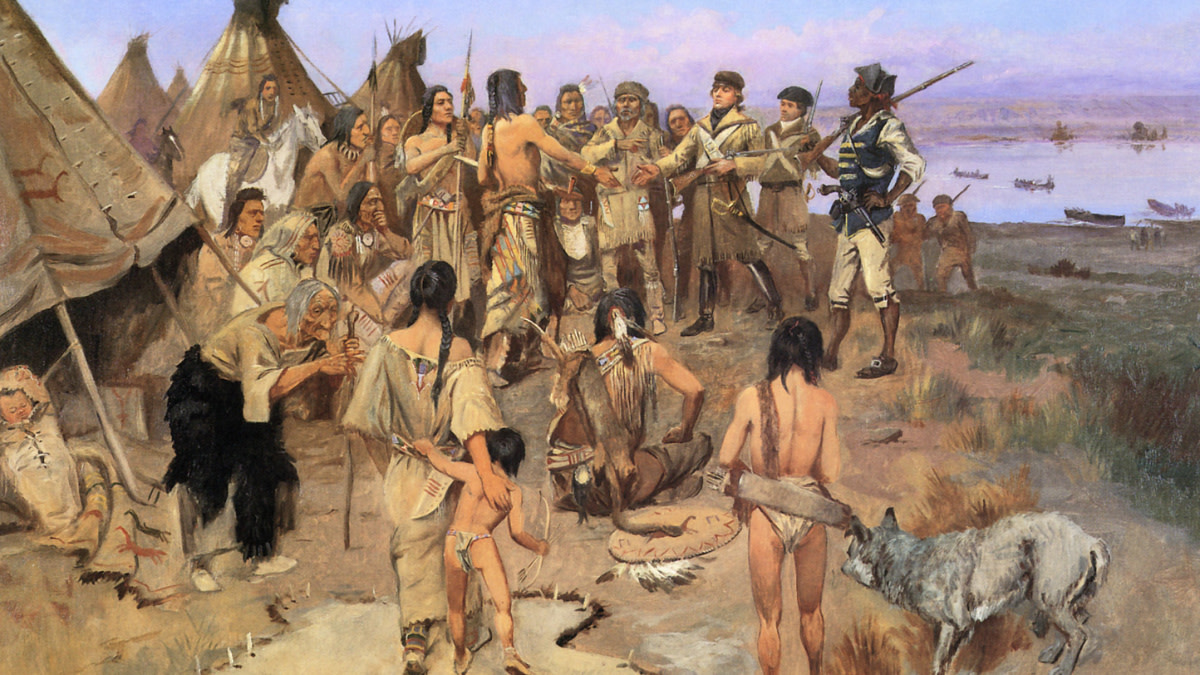
There’s a difference between book smart and bar smart. You may not be book smart, but this series can make you seem educated and interesting from a barstool. So, belly up, pour yourself a glass of something good and take notes as we go under the covers of Lewis and Clark’s famed expedition.
Prior to embarking across the continent with the Corps of Discovery, Meriwether Lewis trained under Dr. Benjamin Rush, whom President Thomas Jefferson considered to be the best physician in the nation. Following the two-week crash course on medicine, Lewis stocked up on over 5,000 doses of drugs, including laudanum to treat coughs, opium to treat pain, calomel to treat worms, and mercury to treat syphilis.
Syphilis was common among the tribes of the Missouri River, and so were sexual encounters with white travelers. Lewis packed accordingly: The mercury was used copiously throughout the expedition.
In one journal entry, Lewis wrote that multiple tribes had a “curious custom” of offering wives and daughters to traders. Plains Indians believed that spiritual powers were passed between people during sex, and that a husband could become a better hunter or more knowledgeable of medicines if his wife had sex with a powerful man, and then had sex with him.
Clark’s black slave, York, was a novelty to the tribes and did as much spiritual power passing as anyone. While visiting the Arikara tribe, a warrior volunteered to stand guard outside a lodge all night while York and his wife were inside. On one evening with the Mandan tribe, York was offered four women.
Other tribes pimped out their women for more worldly possessions. In the Pacific Northwest, multiple groups bartered with sex. One tribe that often visited their camp had a lower price tag than most, Lewis noted. “They do not hold the virtue of their women in high estimation, and will even prostitute their wives and daughters for a fishing hook or a strand of beads.”
That wasn’t all the expedition would leave behind, though. Nine months after the crew departed the Nez Perce in Idaho, an elder’s daughter gave birth to a son that was said to be Clark’s. Similar stories are told by the Teton Sioux, Sioux, and Salish, who claim to have decedents of Lewis and Clark in their tribes.
While some experts question their authenticity, most believe the expedition leaders weren’t exempt from the urges that the rest of the crew acted upon. As my favorite Corps of Discovery historian, Frances Hunter, put it, “I believe that Lewis and Clark were professionals who always put safety, discipline and their mission above everything else. That said, it stretches credibility to think they kept their buckskins buttoned up the whole time.”
Feature image via Charles M. Russel.






